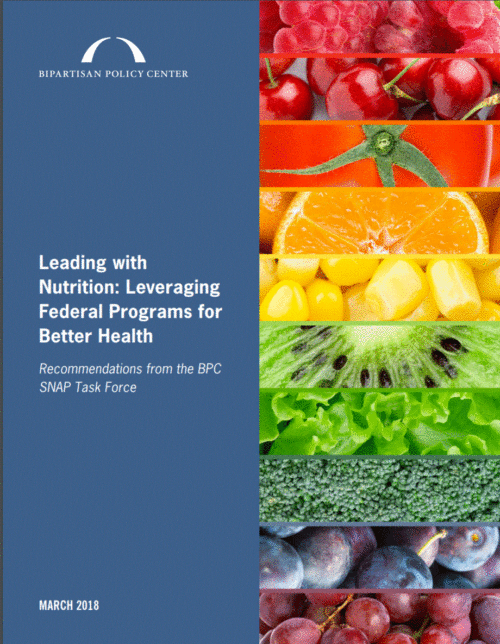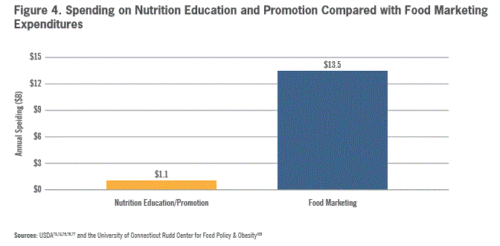I will never understand the push to increase dairy consumption in China.
Many if not most Asian adults lack the enzyme that digests the lactose in milk. Undigested lactose tends to pass unscathed to the large intestine where bacteria ferment it, producing gas and diarrhea.
So why dairy products?
More protein to promote growth, is what they say.
An article in DairyReporter quotes Mintel research as saying the Chinese are eating more cheese, yogurt, and added protein.
The rising demand for dairy in China, growing at 6% to 7% rate annually, is teetering on outpacing volume growth of the category (increasing by 3% to 4% every year) as the country shows great interest in dairy products, according to Mintel.
The Chinese Nutrition Society issued updated dietary guidelines for Chinese consumers in 2016, recommending that each adult should consume 300 grams (10.6 ounces) of dairy products per day – current consumption is 100 grams (3.5 ounces).
The dairy industry is thrilled:
There is still opportunity for growth of dairy consumption in China, especially from lower tier markets, as a result of consumers’ growing awareness of nutrition intake, increasing household income levels, and the accelerated urbanization process.
Exporters of dairy products to China are particularly thrilled:
Imported dairy products are still in high demand due to the some food safety concerns surrounding China’s domestic dairy products leading to a consumer perception that international dairy products are of higher quality.
Environmentalists are not so thrilled.
One consequence: the replacement of sheep by cows in New Zealand, which now has heavily polluted waterways.
Another: China’s dairy farms are huge, with herds of 50,000 to 100,000 cows. Just think of what their waste does to the environment.





